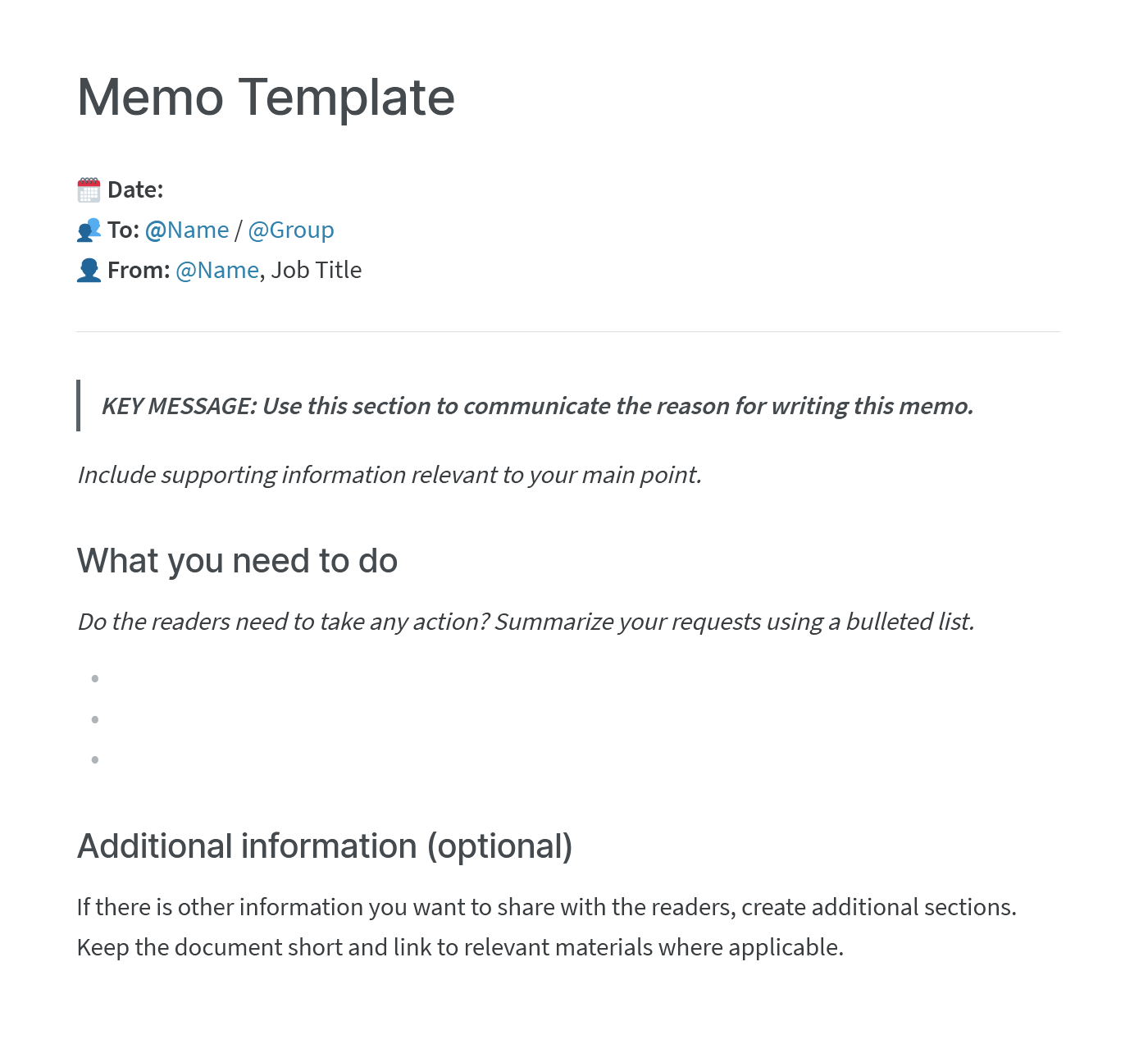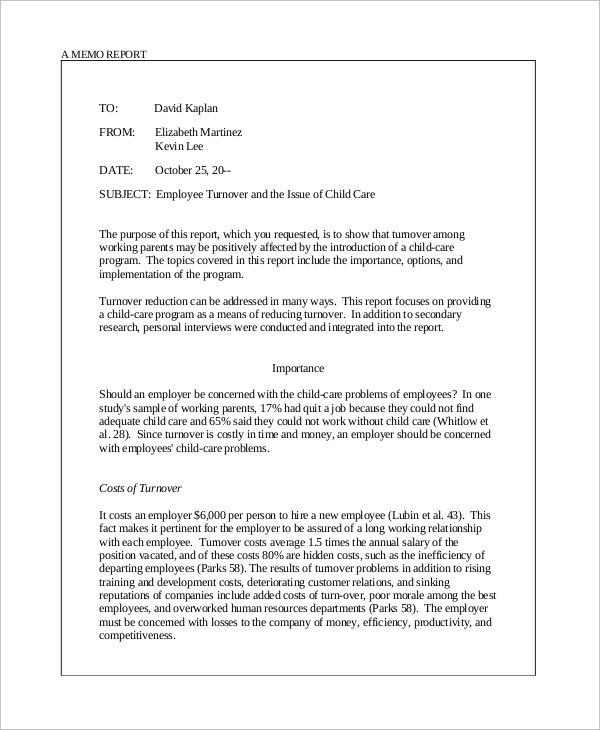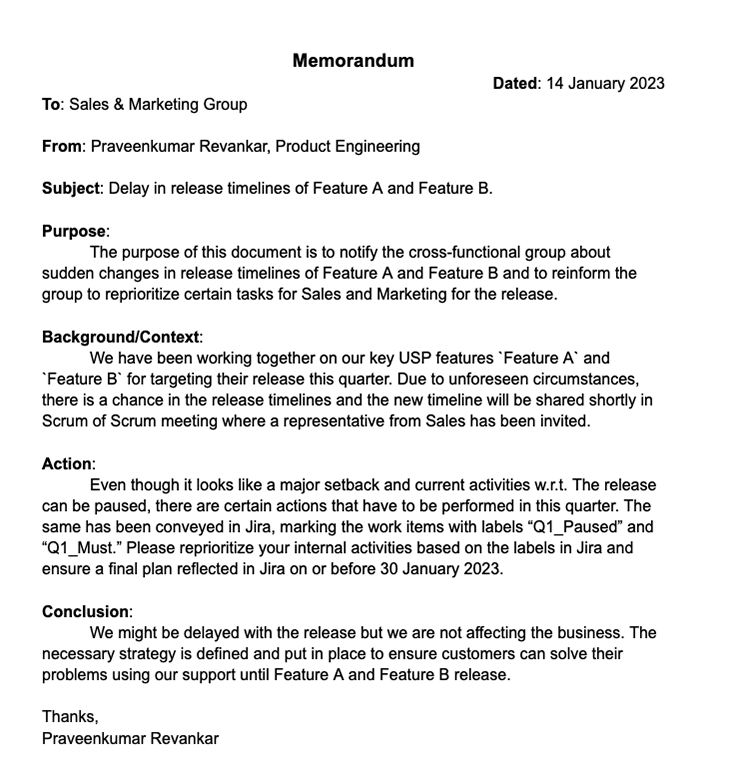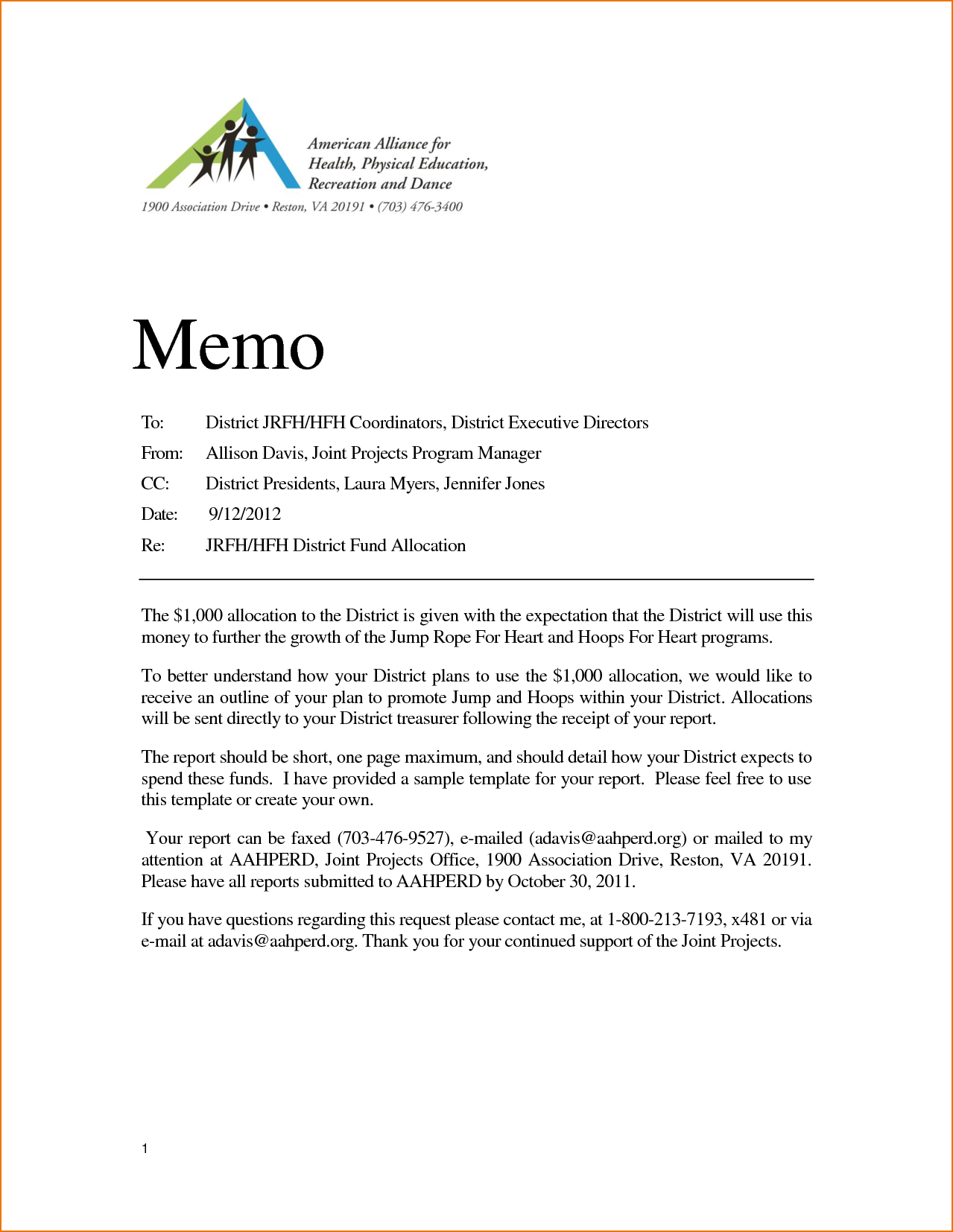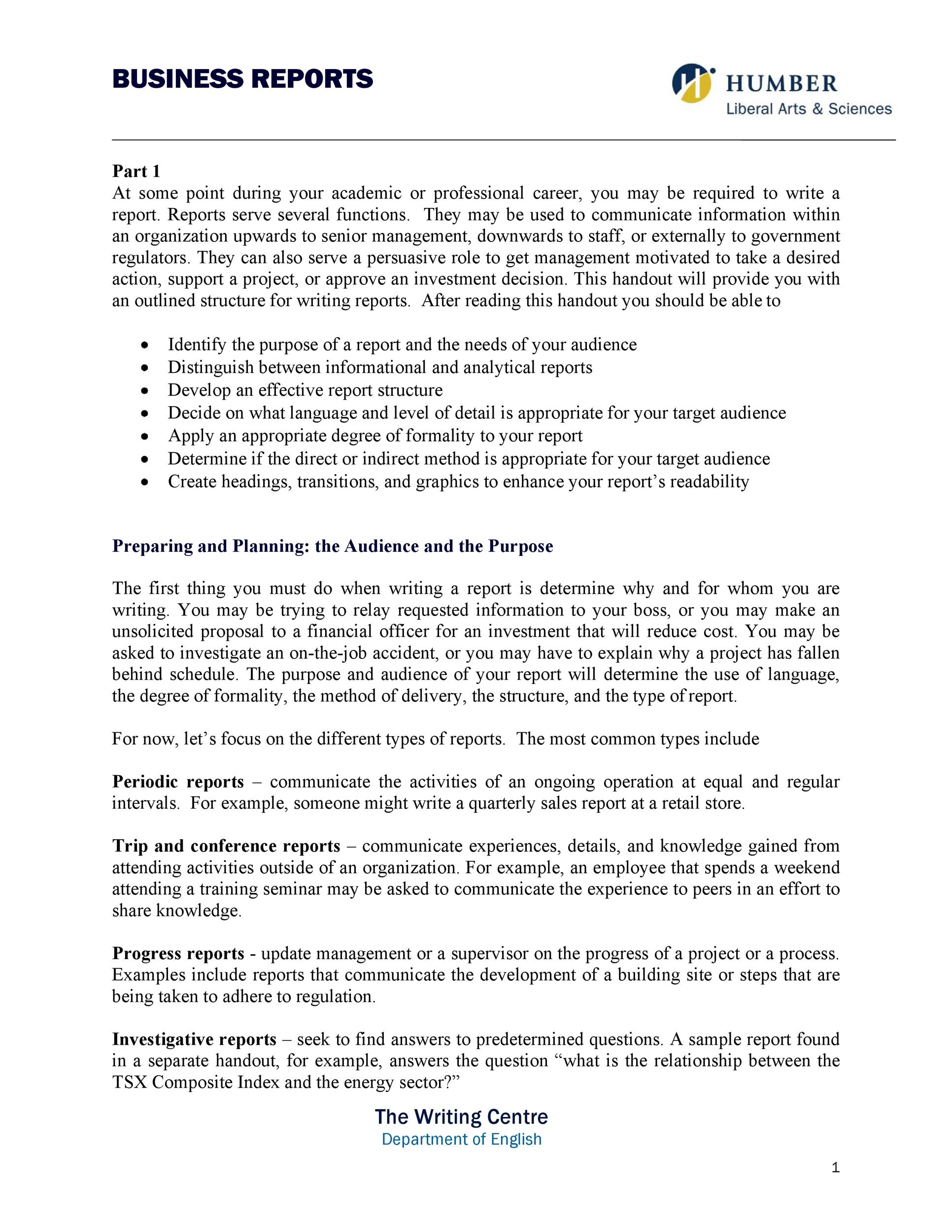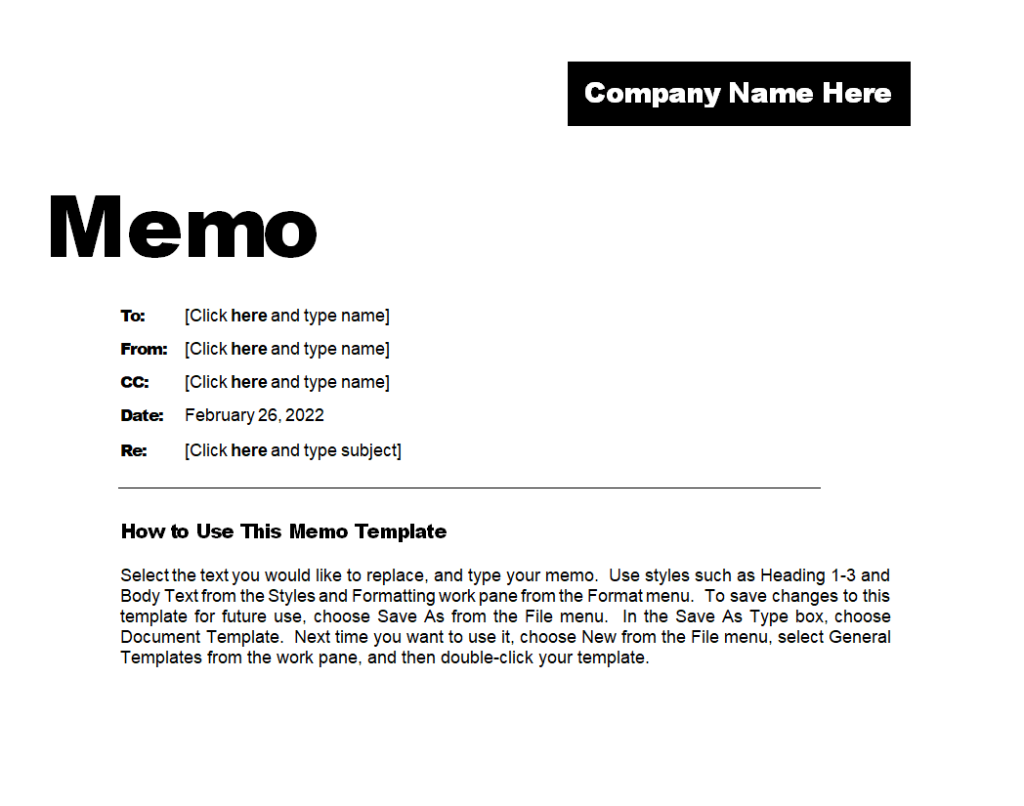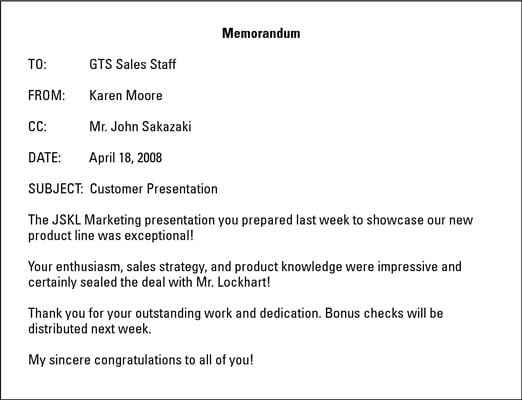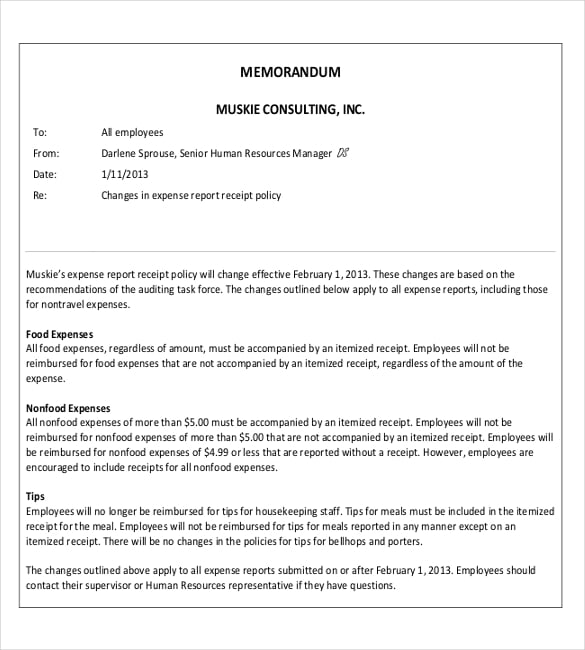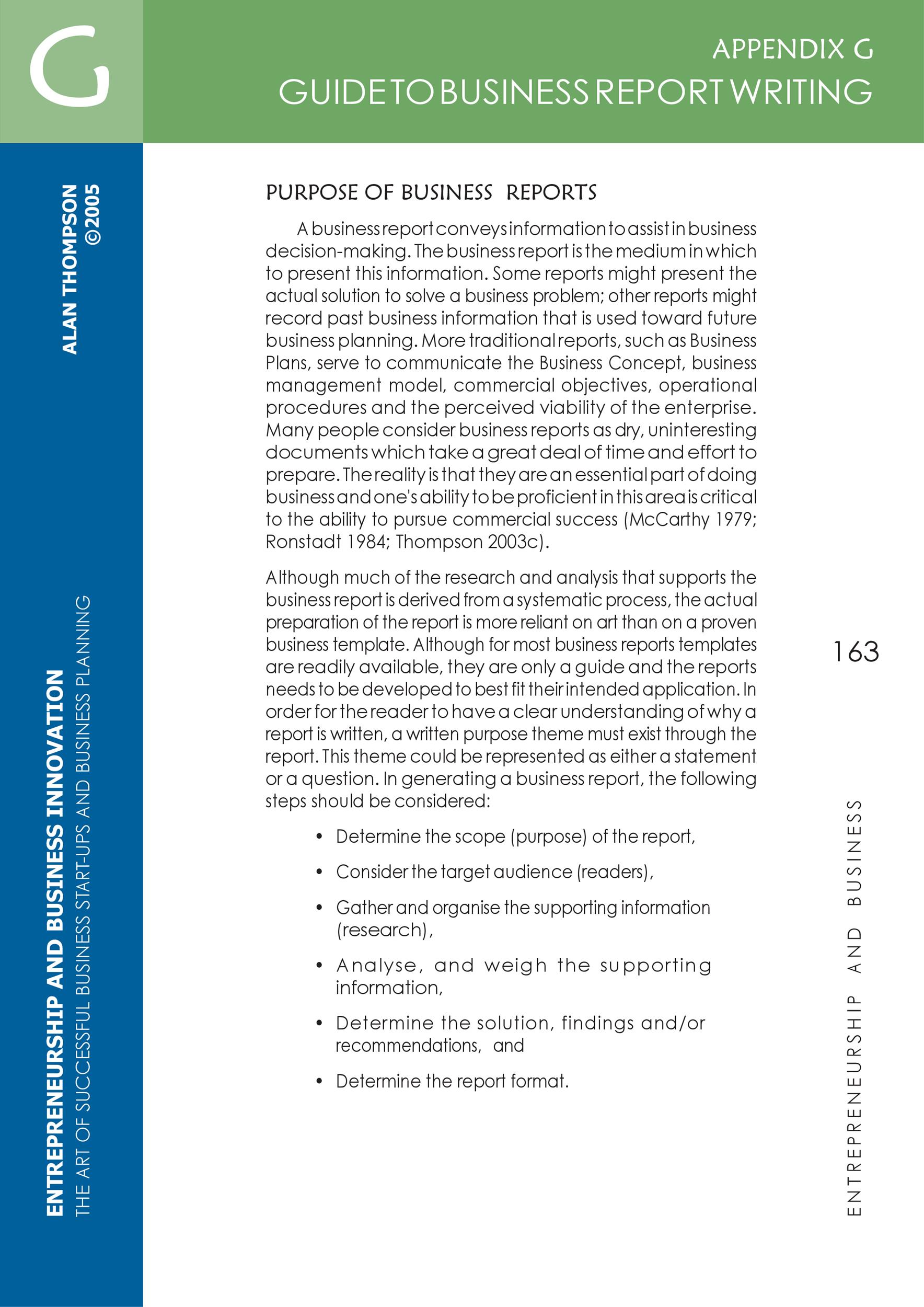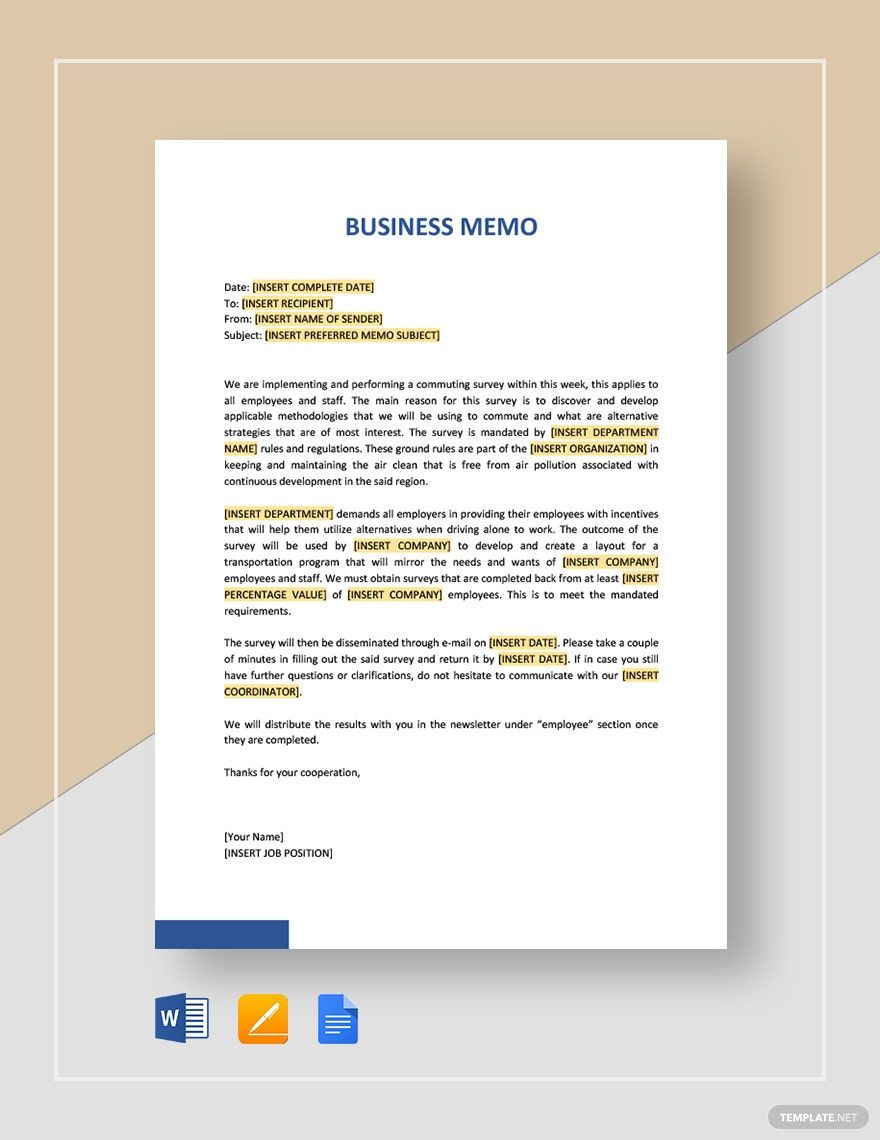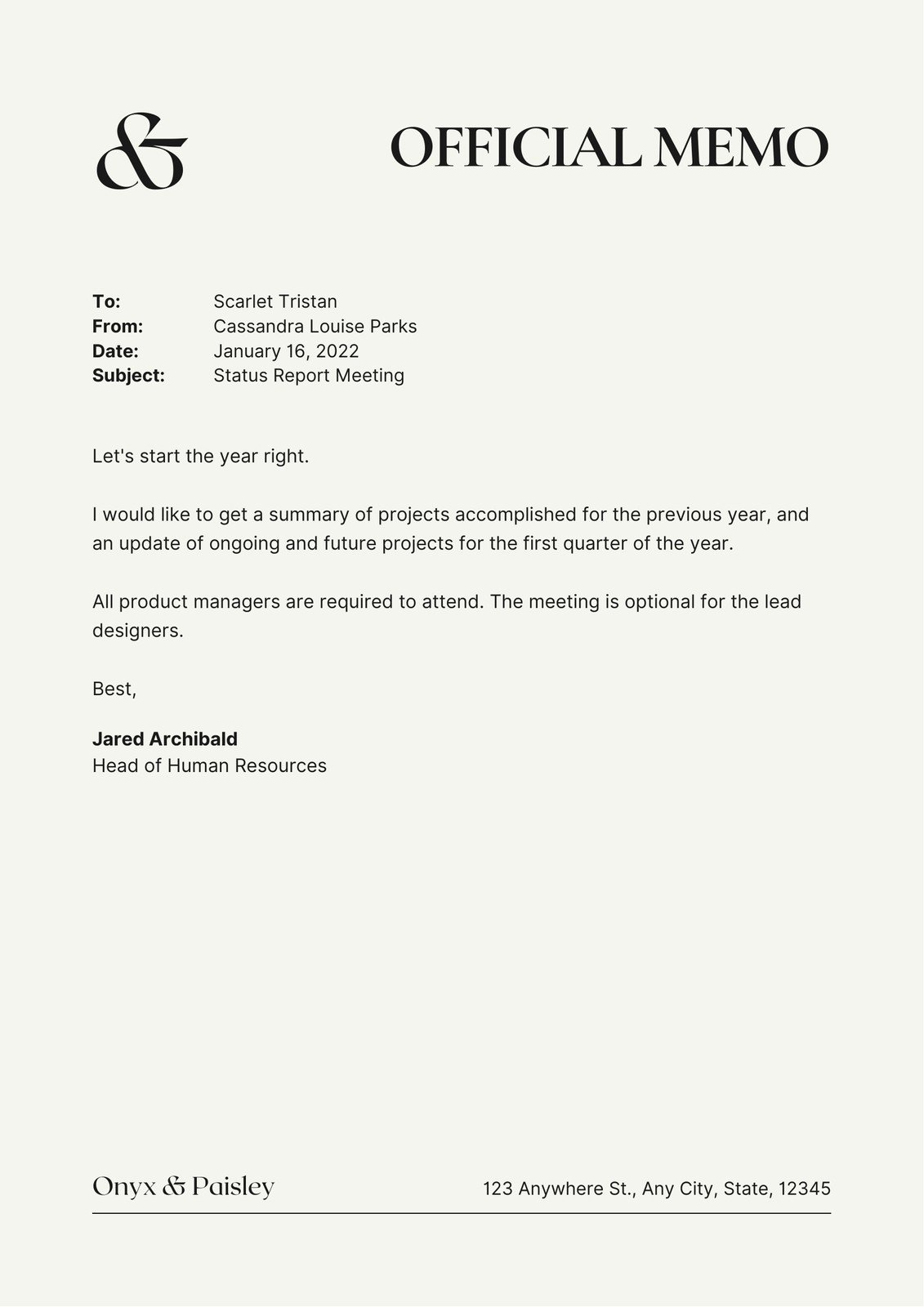How To Write A Business Memo Report
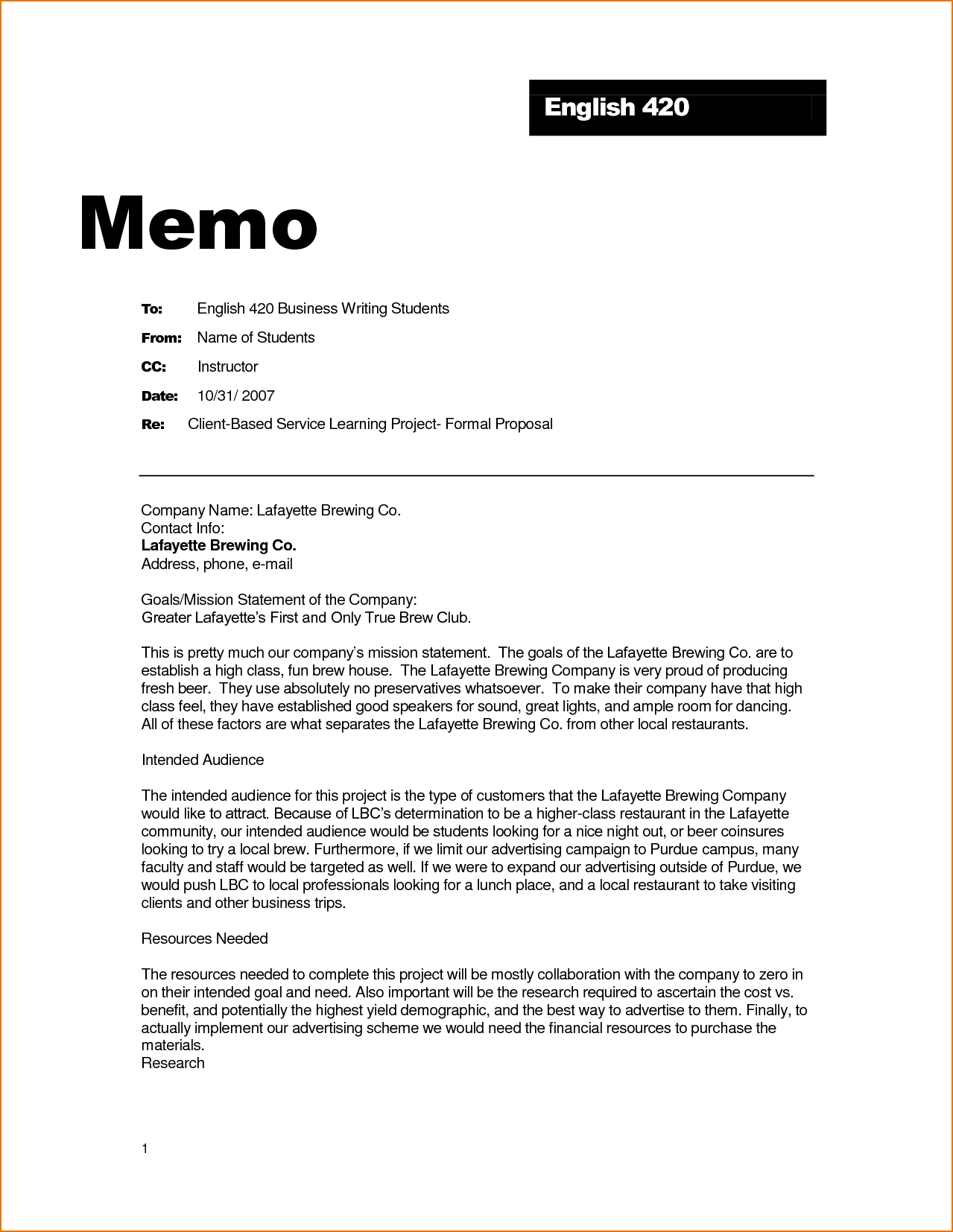
In today's fast-paced business environment, effective communication is paramount. Mastering the art of crafting a clear and concise business memo report can significantly enhance productivity and streamline internal communication. This guide provides a step-by-step approach to writing impactful memo reports, ensuring your message resonates with your intended audience.
A business memo report, unlike a formal research paper, is a focused document used to communicate information, analysis, or recommendations within an organization. Its purpose is to inform decision-making, update stakeholders, or propose solutions to specific challenges. Understanding the core components and best practices is crucial for creating memos that deliver results.
Planning Your Memo Report
Before putting pen to paper (or fingers to keyboard), careful planning is essential. Begin by identifying the purpose of your memo. What information needs to be conveyed, and what action do you want the reader to take?
Next, define your audience. Who are you writing to? What is their level of understanding of the topic? Tailoring your language and tone to your audience will ensure your message is received effectively.
Gather all relevant data and information. Conduct thorough research and compile any supporting documents you may need. This step ensures that your memo is accurate, well-supported, and credible.
Structuring Your Memo Report
A well-structured memo report follows a logical and easy-to-understand format. Here's a breakdown of the key sections.
Heading
The heading provides essential information at a glance. It typically includes "Memo" or "Memorandum" at the top. Below that include: "To," "From," "Date," and "Subject."
The "To" line indicates the recipient(s) of the memo. The "From" line identifies the author. The "Date" line specifies the date the memo was written.
The "Subject" line is a concise and descriptive title that summarizes the memo's content. Make it specific and informative, for example, "Proposed Budget Adjustments for Q3" instead of simply "Budget."
Introduction
The introduction sets the stage for the rest of the memo. Clearly state the purpose of the memo and provide any necessary background information.
Briefly outline the key points you will be covering. Aim for clarity and conciseness. Avoid jargon or technical terms that your audience may not understand.
Body
The body of the memo presents the main points, analysis, and supporting evidence. Organize your information logically, using headings and subheadings to break up the text.
Use bullet points or numbered lists to highlight key facts or recommendations. This makes the information easier to scan and digest. Provide specific examples and data to support your claims.
Maintain a professional and objective tone. Avoid emotional language or personal opinions. Focus on presenting the facts in a clear and unbiased manner.
Conclusion
The conclusion summarizes the main points of the memo and reiterates the desired action. Clearly state what you want the reader to do. For instance, "Please review the attached proposal and provide feedback by [date]."
End with a positive and professional closing. Offer to answer any questions or provide further clarification.
Formatting Tips
Use a professional font such as Times New Roman or Arial. Use a font size that is easy to read, typically 11 or 12 points.
Keep paragraphs short and concise. Use white space to improve readability. Proofread carefully for any errors in grammar or spelling. A polished memo reflects professionalism and attention to detail.
Consider using
quotes, bolding, or italics to emphasize key information.
Impact and Importance
Mastering memo writing is crucial for career advancement. Clear and effective communication skills are highly valued in the workplace. By following these guidelines, you can write memo reports that inform, persuade, and drive results. Clarity, conciseness, and accuracy are the cornerstones of effective business communication.
Organizations benefit from well-written memos through improved efficiency and decision-making. Reduced miscommunication leads to smoother operations. Ultimately, the ability to write effective memo reports is a valuable asset for both individuals and organizations.
